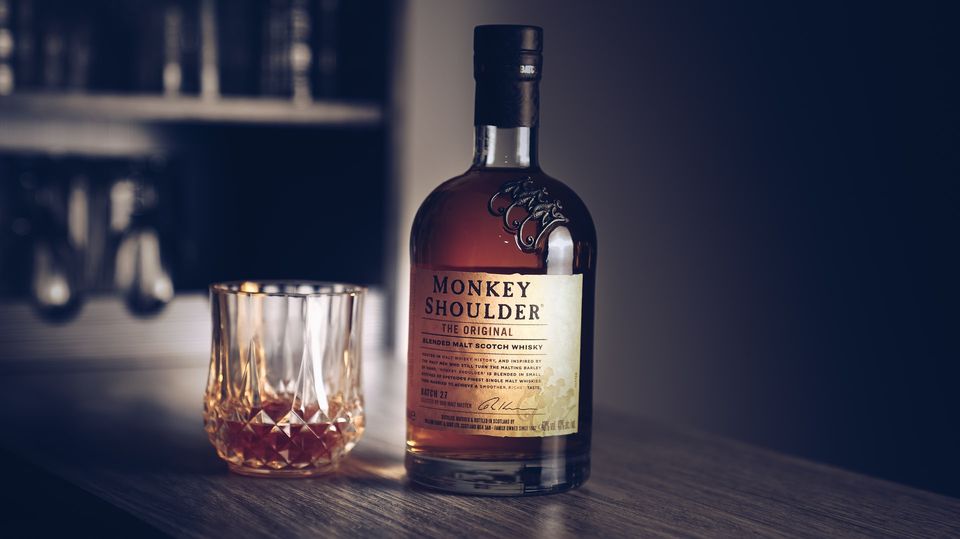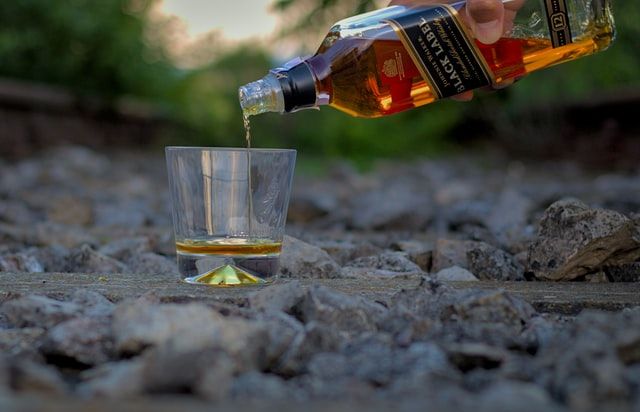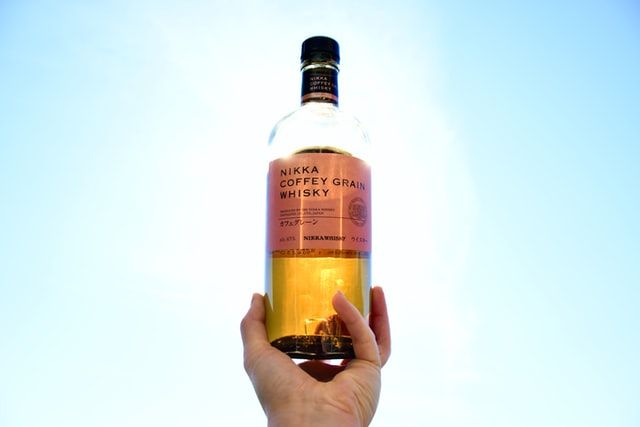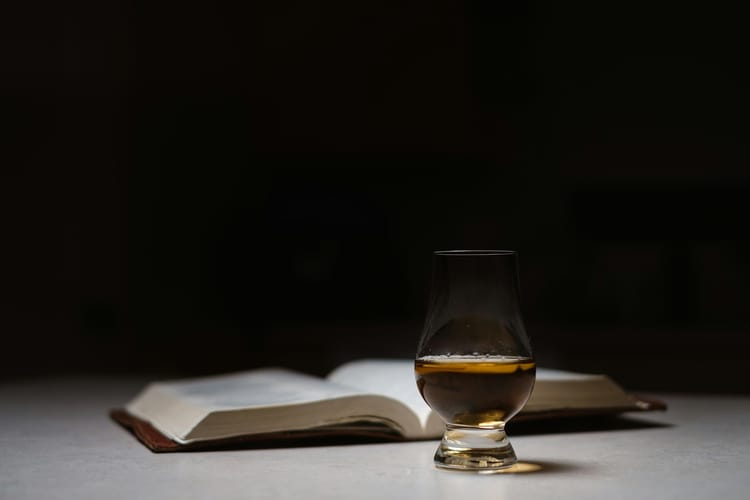An introduction to blended whisky

Blended whiskies are the most common whiskies you’ll see around. If you walk into any bar on your high street and ask for a whisky, chances are you’ll be offered a selection of blends.
In the "hierarchy" of the whisky world, single malts are often seen as the highest quality whiskies, with blended whiskies occupying a much lower (and often less appreciated) position.
However, this classification can be quite misleading. Some blended whiskies are actually quite special. They shouldn’t all be written off as being of lower quality.
In this Newsletter, I will share some basic facts about blends.
Blends vs. Single malts
Blends are often contrasted with single malts.
A good starting point would be to define a "single malt".
A single malt is a whisky that is produced by only one distillery, and is produced using only malted barley in the mash bill. (See this article for a detailed explanation on how whisky is made.)
Strictly speaking, single malts could also be "blends". The word "single" refers to it being the product of one distillery. However, although a single malt is one that is produced in one distillery, it could itself be the mixture of several batches, or of several barrels, of that same whisky, within that one distillery. (This type of blending within a distillery in generally done to ensure consistency in the product, smoothing out any differences between batches or barrels.)
Blends, explained
First things first, blending is an art. It is worth noting and appreciating the immense skill that goes into producing a blended whisky. In distilleries, this particular job is normally handled by someone called a Master Blender. In the whisky world, these people enjoy something close to celebrity status.
Granted, single malts enjoy an exalted reputation in the whisky world. However, concerning blends, we should not lose sight of the magic that a superb Master Blender can create.
What is a “blend”, though?
The term “blend” has several meanings in the whisky world. Most commonly, it is used to refer to whisky produced by more than one distillery. This contrasts with single malts, which are the product of only one distillery.
Blends tend to be made using cheaper grain whisky as one of the ingredients. This accounts for blends being commonly available, and at reasonably friendly prices. (What is "grain whisky"? I explain later in this article.)
Let's now look at the following types of blended whisky.
- Blended Scotch whisky;
- Blended malt whisky; and
- Blended grain whisky.
Blended Scotch whisky
Generally, this is a blend of malt whisky and grain whisky. The grain whiskies used here tend not to be of the highest quality. They are suitable for use in blends, but not necessarily to be consumed on their own. This type of blended whisky is the most common you’ll find.
Some examples include well-known Johnny Walker and Chivas Regal products.
A blended whisky I particularly like is Ichiro’s Malt & Grain. (This one is from a Japanese distillery though, so not a blended Scotch.) Ichiro's Malt & Grain is a blend of malt and grain whisky from Japan and elsewhere. It is from the stable of the renowned Japanese distiller, Ichiro Akuto. (See this article for more on Japanese whiskies and the Japanese tradition of creating great blends.)

Blended malt whisky
These used to be known also as “vatted malts”. A blended malt is a blend comprising single malts only, distilled at more than one distillery. An example is the Johnny Walker Green Label.
Blended grain whisky
This is a blend of single grain whiskies from different distilleries. These are less common than blended Scotch or blended malts. A good example of a blended grain whisky is the Compass Box Hedonism.
(As an aside, it is worth mentioning also the “single grain whisky”. This is so called because (following a similar rule as for “single malts”,) the grain whisky is the product of only one distillery. It is still called “single grain” even if the whisky is made up of more than one grain, provided it is the product of only one distillery. A well-known example of a single grain whisky is the Teeling Single Grain.)

A word about grain whiskies
I’ve referred to grain whiskies above. It's a good idea to say a little bit about them.
What exactly is a grain whisky?
First, what “grain” are we talking about here?
Generally, this could be corn, rye, or wheat.
Grain whiskies tend to be lighter than single malts. They are often used in blends, for example, to create blended Scotch whiskies, such as Johnny Walker and Chivas Regal, as mentioned above. However, there are some that are sold on their own, because they are of good enough quality to be enjoyed on their own.
Here’s something worth mentioning about the distillation process of grain whiskies: Scotch grain whiskies are often distilled in column stills, also known as “continuous stills”, or “Coffey stills”. This is in contrast to malt whiskies that that are generally distilled in pot stills. Column stills ensure continuous distillation (hence the name, “continuous stills”), which results in a much higher quantity of whisky being produced than for pot stills. Also, whiskies distilled with column stills can be distilled to higher ABV (alcohol by volume) than those (such as single malts) distilled using pot stills. Also, the distillate from pot stills tends to have more flavour than that from column stills. This last point partly explains why single malt whiskies generally have more flavour than grain whiskies.
I hope you enjoyed this article about blends. As usual, feel free to share with anyone who likes whisky, and stories about whisky.


